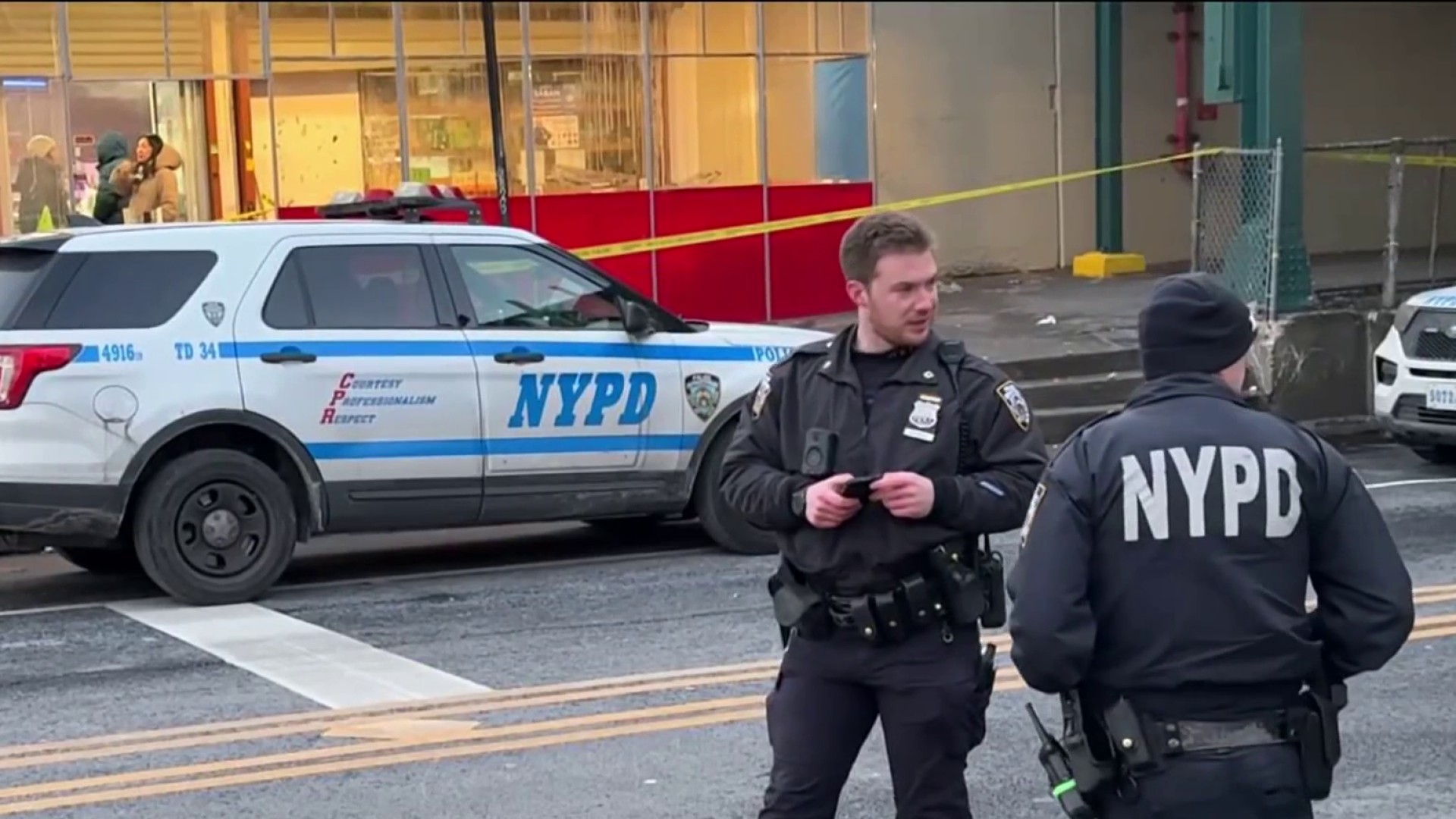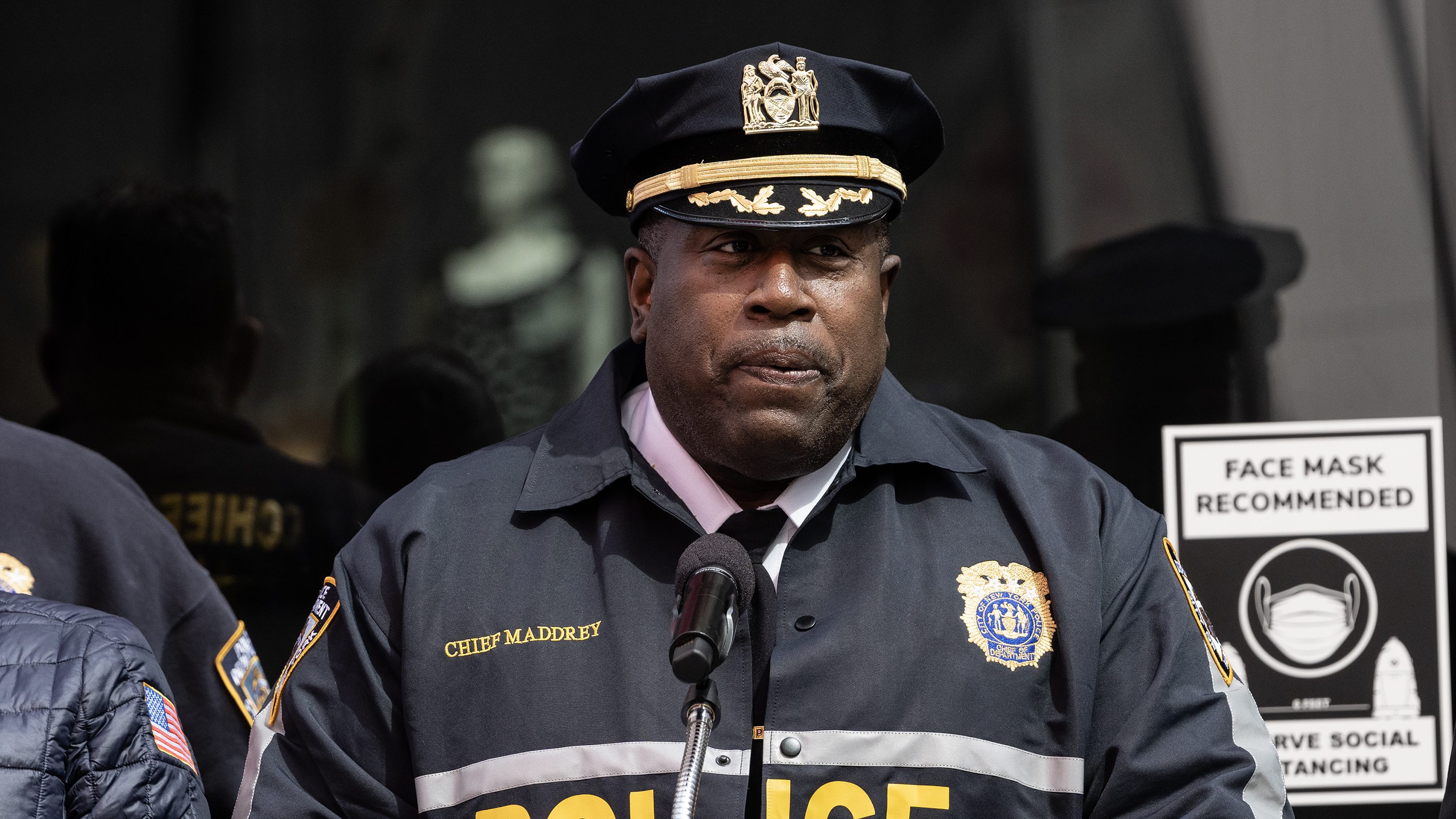The woman pushing a grocery cart was one of the few out on the streets of downtown Brooklyn after midnight Tuesday as a team of volunteers spread out in search of homeless people trying to keep warm in the frigid air.
Wearing a single mitten in the 20 degree weather and a T-shirt under her jacket, she declined an offer of a van to a shelter. She was the daughter of Coco Chanel and been kidnapped, she told the team at one point.
The volunteers were among a cadre trying to count New York City's homeless population and so they logged her answers to their questionnaire and moved on — though because the early morning was so cold they were making sure no one they encountered was in danger. Last year's count drew 3,000 volunteers and the tally's organizers were hoping for a similar number of volunteers on Monday.
Now in the 10th year, the nationwide estimates of people in shelters and on the streets are required by the U.S. Department of Housing and Urban Development and they remain contested, particularly over whether they are accurate.
Patrick Markee, the deputy executive director for advocacy at the Coalition for the Homeless in New York, said the survey’s flawed methodology resulted in an undercount of people who are on the streets.
“The idea of doing a single night count or guesstimate of all of homeless people on the streets of New York City, which has the largest homeless population in the country, is just by its very nature kind of absurd,” Markee said.
A better approach would be to talk to staff at soup kitchens, shelters and other front-line organizations and estimate their use over a month, he said.
Local
The number of homeless people staying in New York City’s shelters is at 58,500 this month. How many are sleeping on streets and in city's parks is more difficult to determine. Last year's estimate was 3,357, down from 4,395 in 2005.
Steve Berg, the vice president for programs and policy at the National Alliance to End Homelessness in Washington D.C., agreed that the count gives only an approximation of the size of the problem. But it is nonetheless valuable, he said.
"It is not the easiest thing in the world to do to figure out exactly how many people there are sleeping outside on a given night and so nobody thinks that they’re finding every single homeless person in the whole country," he said. "But I think places do the best they can."
Los Angeles is second only to New York with the most homeless residents, but there the difficulties are different. Volunteers must try to find people across the county's 4,000 miles over three days and officials have disagreed on the best method.
Los Angeles had nearly 40,000 homeless residents in 2013. It initially counted more but a telephone survey used to find what officials called the hidden homeless was challenged by federal authorities seeking consistency across the country.
This year's count -- communities must tally the number in shelters every year and those on the streets at least every other year -- focused on veterans. Secretary of Veterans Affairs Robert McDonald was in Los Angeles late last month for the tally as part of a national push to find housing for men and women who served in the armed forces.
Chicago has been focused on its young people and the during this year's homeless count, the city sent out a special team of formerly homeless youth to interview their peers on the street.
"Who better to locate and identify with youth, homeless youth, than people who are or have been homeless," said Matt Smith, a spokesman for the city's Department of Family and Support Services. "They've been there, there's much less of a barrier that goes up and we find that they're very helpful."
Last year, the city identified 6,294 homeless people, little changed from the year before. Of those, 5,329 were in shelters and 965 were living on the streets.
Across the country, the number of homeless people has been dropping, from 760,000 in 2005, the year of the first count, to 643,000 in 2009. During the recession, the numbers leveled off, then fell again to 578,000 in 2014.
But national numbers can mask increases in individual communties. Washington D.C.'s count last year found nearly 12,000 homeless people, a 3.5 percent increase.
Berg said the overall decrease was a way to show that money spent on helping people find housing and jobs was well spent.
"I think everybody understands that homelessness is bad, that any amount of homelessness is bad," he said. "The problem is people don’t think you can do anything about it."
The federal Department of Housing and Urban Development allocated $2.135 billion for its largest homeless programs for the 2015 fiscal year and has proposed $2.48 billion for the next fiscal year.
Ann Oliva, HUD’s deputy assistant secretary for special needs, said that the annual counts are a tool for measuring the need in communities.
"This annual exercise gives us valuable data on year-to-year trends and has shown the significant progress we have made over the past five years toward ending homelessness," she said.
Out on the streets in downtown Brooklyn, the team met one man who would rather ride the subways than stay at a shelter and another, with a cane, who claimed to be fine. And on a subway platform, they encountered their first pair of decoys, volunteers waiting to be found as a way to ensure the accuracy of the count.
"It's not a perfect science," said Eric Adams, the Brooklyn borough president, before the teams set out. "Homelessness is not a perfect condition. The face of homelessness changes all the time. You don't know if a person is spending one night on the couch of his friend, another night on the couch of someone else."



